The research on subtropical architecture of South China University of Technology started at the beginning of the last century, and it is one of the Old Eight Schools in the field of architecture in Chinese universities. In the 1950s, Professor Xia Changshi, Professor Chen Boqi and other senior scientists organized the establishment of the Subtropical Architecture Research Laboratory. In the 1960s and 1970s, a group of well-known experts and professors who had studied in Europe, the United States and Japan, represented by Lin Keming, Feng Bingquan, Long Qingzhong, Lin Qibiao, Tan Tiansong, and Fu Luofei, inherited and developed Chinese architecture. The academic tradition of realism in the field, the exploration of design theories and methods for natural cooling of buildings, ventilation, moisture resistance, lightning protection, flood control, and earthquake resistance of ancient buildings, etc. He has made great contributions and gradually formed a rigorous, pragmatic and innovative research concept and professional education characteristics, which has made a great impact in the country and enjoys a high academic status in the domestic architectural education field.
After decades of construction and development, the architectural discipline of our school has become an important base for education and scientific research in the country, especially in South China. Six academicians including Rong Baisheng, Zhang Youqi, He Jingtang and Wu Shuoxian and nine national engineering survey and design masters including Yuan Peihuang, Li Tuofen, Zhao Zuwang, Rao Weichun and Ni Yang. In 1978, the state approved the establishment of the Ministry of Education's Subtropical Architecture Research Laboratory; in 2005, the Ministry of Education's Key Laboratory of Subtropical Architecture Science was established; in early 2007, on the basis of the original Subtropical Architecture Ministry of Education Key Laboratory, architecture and civil engineering were divided into one. High-level disciplines as the core, integrating acoustics, optics, transportation, environmental science and engineering, materials science, information technology, urban sociology and other interdisciplinary disciplines, approved by the Ministry of Science and Technology to establish the State Key Laboratory of Subtropical Building Science, and the construction plan was approved in September of the same year. The construction was officially launched in November, passed the acceptance of the Ministry of Science and Technology in June 2010, and passed the evaluation of the Ministry of Science and Technology in 2013 and 2018 respectively. It is currently the only national key laboratory in the field of higher education in the country.
The laboratory currently has 13 scientific research innovation teams and 109 fixed researchers, including 2 academicians, 2 Changjiang Scholars, 4 national outstanding young people, 4 national engineering survey and design masters, 5 people from the Organization Department of the Central Committee, and 5 national 2 million talents training objects, 1 national outstanding youth. The laboratory has a total area of 17,636 square meters, 2,165 sets (sets) of instruments and equipment, with a total value of 162 million CNY. There are 53 sets (sets) of equipment above 500,000 CNY, with a total value of 91.03 million CNY. In the past five years, the laboratory has undertaken 132 major national scientific research tasks including national key research and development projects, major scientific research instrument development projects of the National Natural Science Foundation of China, and national key projects, and has won 157 provincial and ministerial awards, including science and technology. 18 awards (including 1 second prize of the National Natural Science Award, 1 second prize of the National Science and Technology Progress Award), and 139 design awards.
The laboratory has successively undertaken national and local major or iconic projects, and has designed a number of national-level landmark cultural exposition buildings with international influence, including the China Pavilion at the 2010 World Expo, the Olympic and Asian Games series of venues, and the Japanese invading Japanese soldiers killed in the Nanjing Massacre. A number of landmark buildings such as the Memorial Hall of Compatriots, the National South China Sea Museum, and the Dachang Nationalities Palace have completed the planning and design of more than 300 university campuses (districts), such as the Hengqin campus of the University of Macau and the new campus of Zhejiang University. It took the lead in breaking the monopoly of foreign architects on national landmark buildings since the reform and opening up, improved the level of China's architectural design industry, and promoted Chinese architectural culture.
Under the leadership and strong support of the supporting unit, South China University of Technology, the laboratory will give full play to the advantages of scientific research and personnel training, combine its own construction tasks, take collaborative innovation as the basic idea of laboratory development, seek development through innovation, and promote innovation through development. , realize the transformation of scientific research results as soon as possible, and serve the national and local economic construction. Through 5-10 years of construction, the laboratory will be built into a first-class building science application basic research base, a high-quality scientific and technological talent training base, a building science and technology cultural heritage and innovation base and Academic exchange base.

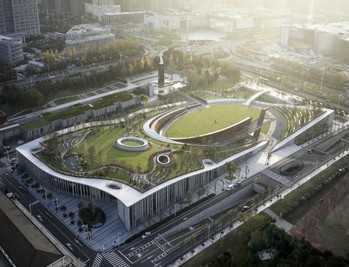
2010 Shanghai World Expo China Pavilion Phase III Expansion Project of the Memorial
Hall for the Victims of the Nanjing Massacre by the Japanese Invaders
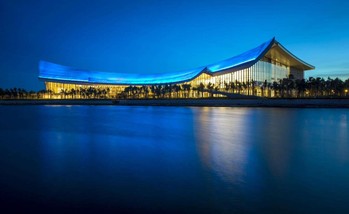
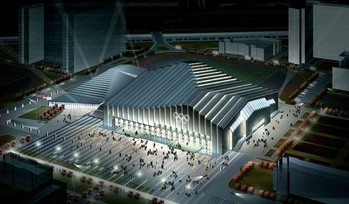
National South China Sea Museum 2008 Beijing Olympic Wrestling Hall
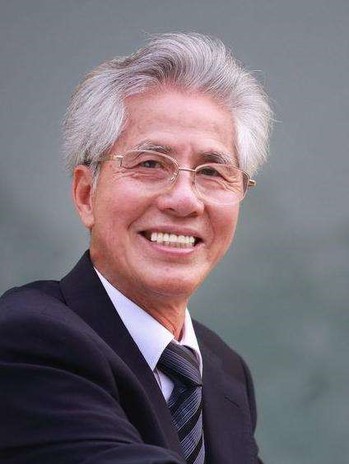
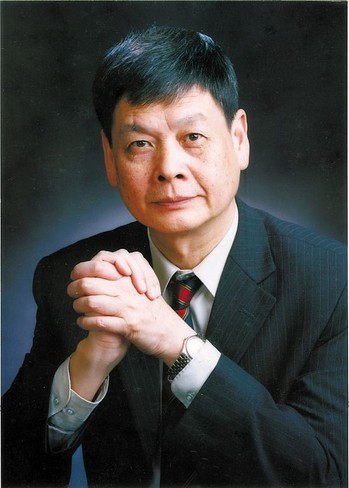
Academician He Jingtang Academician Wu Shuoxian

